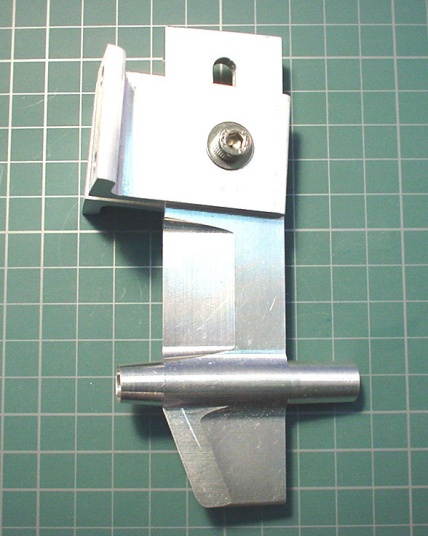Thanks in advance, -Jamie
by the way, I mill almost soley aluminum. Shipping is to a US address. Thanks again.



That will work perfectly well. Besides, it gives you two flutes to grind, so if one fails, it can be killed, leaving the other.Doubledog wrote:Harold, you've got ideas coming to mind now. However, I'm hoping to make the long horizontal part right above the bottom. Its got a hole running through it for the drive shaft.
I might just take a two flute mill and grind it like you're talking about.
I'm inclined to say no. The shank of an end mill is very hard, so it does not lend itself well to turning. That's not to say it hasn't been done, but the problems you'd face in holding the end mill and getting it to run true may be more than you care to tackle, to say nothing of attempting to machine what is a HSS shank, fully hardened.Would it be possible to just buy a regular SAE shaft mill and cut it to metric shaft on the lathe?
Very early on, reluctantly, my Dad taught me to sharpen twist drills myself, if for no other reason, so I would burn up less bits, and pester him less. He always voiced the concern that I should not follow in his footsteps and become a machinist, tool & die maker, etc.Harold_V wrote: .....I have long told readers that until they can hand grind cutting tools, they will be held captive. It's true.
Harold